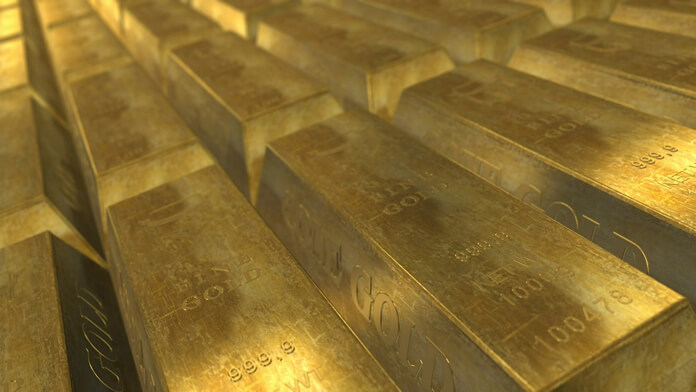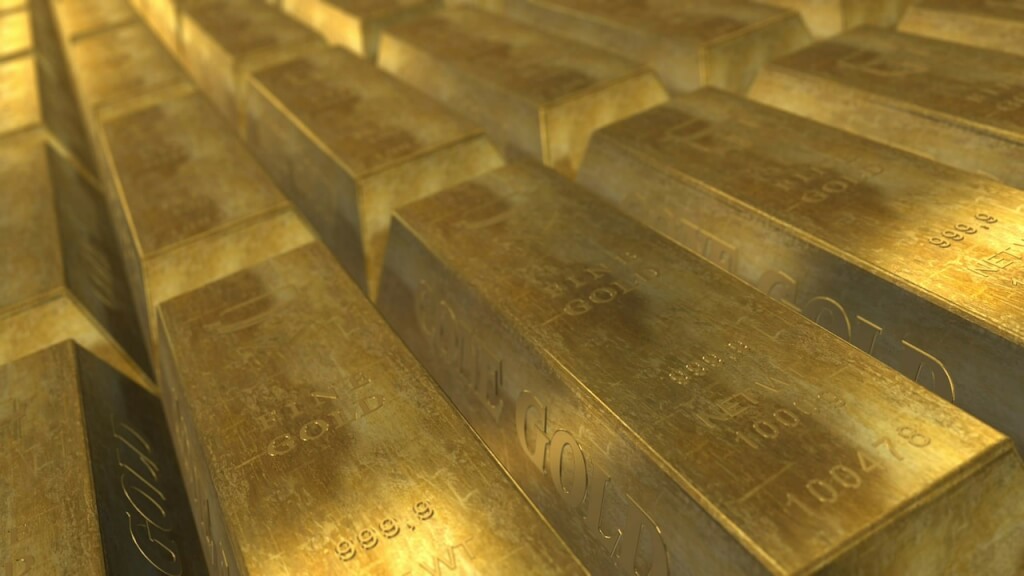Gold prices rallied just above a three-week low on Thursday after slipping to the lowest prices since late June. This comes after the European Central Bank (ECB) decided to leave interest rates at record lows as it looks to revitalize growth and inflation with cheap credit to the economy. Additionally, the ECB announced they would consider integrating stimulus as needed once the economic impact of the Brexit vote have are made clearer.

ECB prepared to take action as necessary
In an effort to lift inflation and economic growth, ECB President Mario Draghi told reporters in Frankfurt on Thursday, “If warranted to achieve its objective, the Governing Council will act by using all instruments available within its mandate.”
Monetary easing tends to have a positive effect on gold pricing. Investors are encouraged to buy precious metals as a hedge against weakening paper currencies.
However, the central bank concludes that more time will be required to assess the impact on growth prospects of the U.K.’s vote the leave the EU. If deemed necessary, the ECB may provide additional stimulus when it meets next in September.
ECB isn’t the only one…
The U.K. has already announced likely plans to launch stimulus measures. The Bank of England says these may already come in August to create a buffer in the economy in the aftermath of the Brexit vote. Investors believe that the Bank of Japan is also expected to increase its stimulus program.
The overall outlook for Japan and Europe means good news for gold. Both economic regions are facing weak growth and non-existent inflation—which should encourage the strength of gold throughout the year.
A growth in the U.S. economy could increase gold’s vulnerability, however
A growth in the U.S. economy may increase vulnerability of gold pricing, however. For the week ending July 16, 2016, U.S. employment claims were 253,000—again under the forecast of 265,000. This is the lowest reading since April—indicating that the labor market is healthy and showing signs of expansion. U.S. home resales also hit a nearly 9 and a half year high in June. Low interest rates lured new buyers into the market.
Calmer market conditions, indicated by positive labor and housing data, could indicate that the Federal Reserve may raise interest rates at their next meeting in September. However, some experts suggest it may not be until December, after the presidential election. Gold prices are highly sensitive to these rates. As they rise, the opportunity cost of non-yielding assets—such as bullion—increases. As does the value of the dollar, in which gold is priced.
